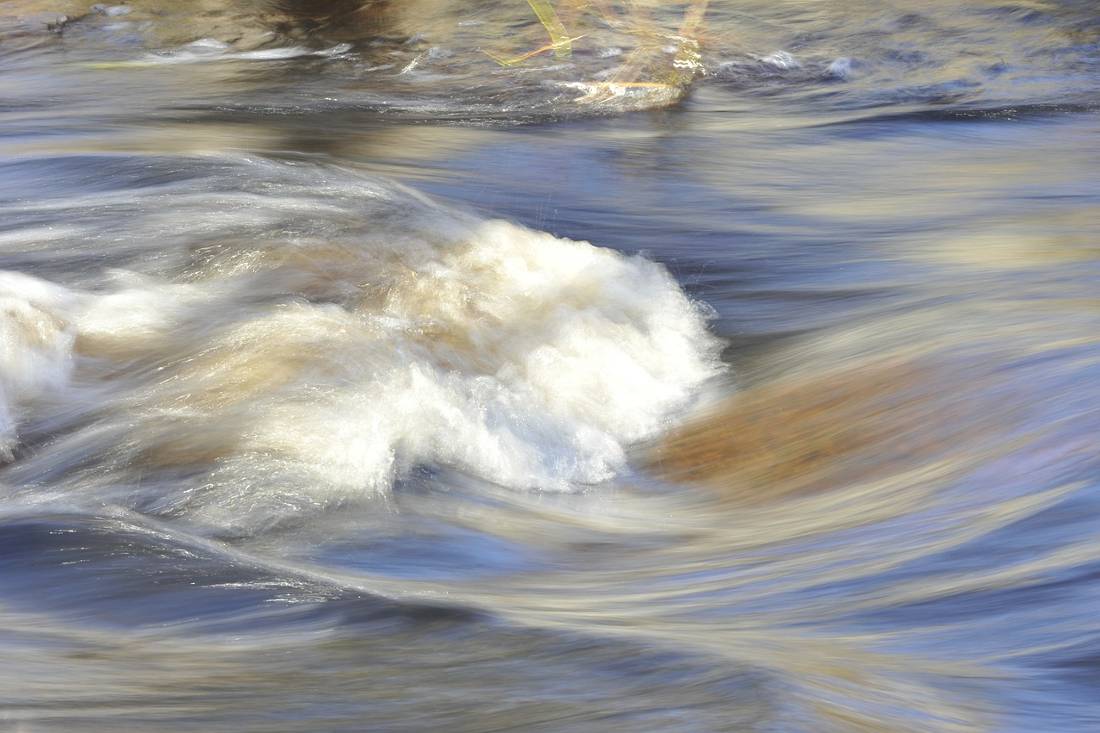Water Planning
Home >> Water Planning
Efforts to Address Future Water Supply Challenges
The Colorado Basin Roundtable and other water organizations in the basin are engaged in numerous efforts to address future water supply challenges, climate change, and the health of rivers and watersheds. These include contributing to the Colorado Water Plan and writing the associated Basin Implementation Plan; Watershed Plans to address water quality concerns; and Stream Management Plans, also known as Integrated Water Management Plans, which address flow needs for environmental and recreational needs alongside needs for irrigation, domestic and industrial use. The Roundtable also closely follows statewide and regional planning efforts, such as the update to the Statewide Water Supply Initiative, the statewide Climate Plan and Drought Contingency Planning for the entire multi-state Colorado River Basin.


